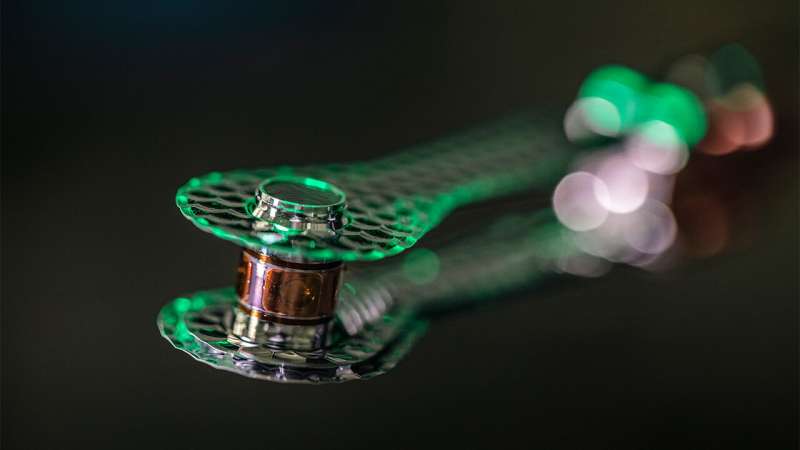This article has been reviewed according to Science X's editorial process and policies. Editors have highlighted the following attributes while ensuring the content's credibility:
fact-checked
peer-reviewed publication
trusted source
proofread
Physicists uncover key to resolving long-standing inertial confinement fusion hohlraum drive deficit

A team of researchers at Lawrence Livermore National Laboratory (LLNL) has made advancements in understanding and resolving the long-standing "drive-deficit" problem in indirect-drive inertial confinement fusion (ICF) experiments. This discovery could pave the way for more accurate predictions and improved performance in fusion energy experiments at the National Ignition Facility (NIF).
The team's findings are published in the journal Physical Review E in the paper titled, "Understanding the deficiency in ICF hohlraum X-ray flux predictions using experiments at the National Ignition Facility." The study, led by physicist Hui Chen, Tod Woods and a team of experts at LLNL, focused on the discrepancies between predicted and measured X-ray fluxes in laser-heated hohlraums at NIF.
"Significant effort has been invested over the years to pinpoint the physical cause of the radiation drive-deficit problem," Chen said. "We are excited about this discovery as it helps resolve a decade-long puzzle in ICF research. Our findings point the way to an improvement in the predictive capabilities of simulations, which is crucial for the success of future fusion experiments."
In NIF experiments, scientists use a device called a hohlraum—approximately the size of a pencil eraser—to convert laser energy into X-rays, which then compress a fuel capsule to achieve fusion.
For years, there has been a problem where the predicted X-ray energy (drive) was higher than what was measured in experiments. This results in the time of peak neutron production, or "bangtime," occurring roughly 400 picoseconds too early in simulations. This discrepancy is known as the "drive-deficit" because modelers had to artificially reduce the laser drive in the simulations to match observed bangtime.
LLNL researchers found that the models used to predict the X-ray energy were overestimating the X-rays emitted by the gold in the hohlraum in a specific energy range. By reducing X-ray absorption and emission in that range, the models better reproduce the observed X-ray flux both in that energy range and in total X-ray drive, thereby eliminating most of the drive deficit. This reduction is necessary due to uncertainties in rates of certain atomic processes and indicate where the gold atomic models need improvement.
By improving the accuracy of radiation-hydrodynamic codes, researchers can better predict and optimize the performance of deuterium-tritium fuel capsules in fusion experiments. This adjustment helps improve the accuracy of the simulations, enabling more accurate design of ICF and high-energy-density (HED) experiments following ignition and is critical in scaling discussions for upgrades to NIF and for future facilities.
More information: Hui Chen et al, Understanding the deficiency in inertial confinement fusion hohlraum X-ray flux predictions using experiments at the National Ignition Facility, Physical Review E (2024). DOI: 10.1103/PhysRevE.110.L013201
Journal information: Physical Review E
Provided by Lawrence Livermore National Laboratory





















